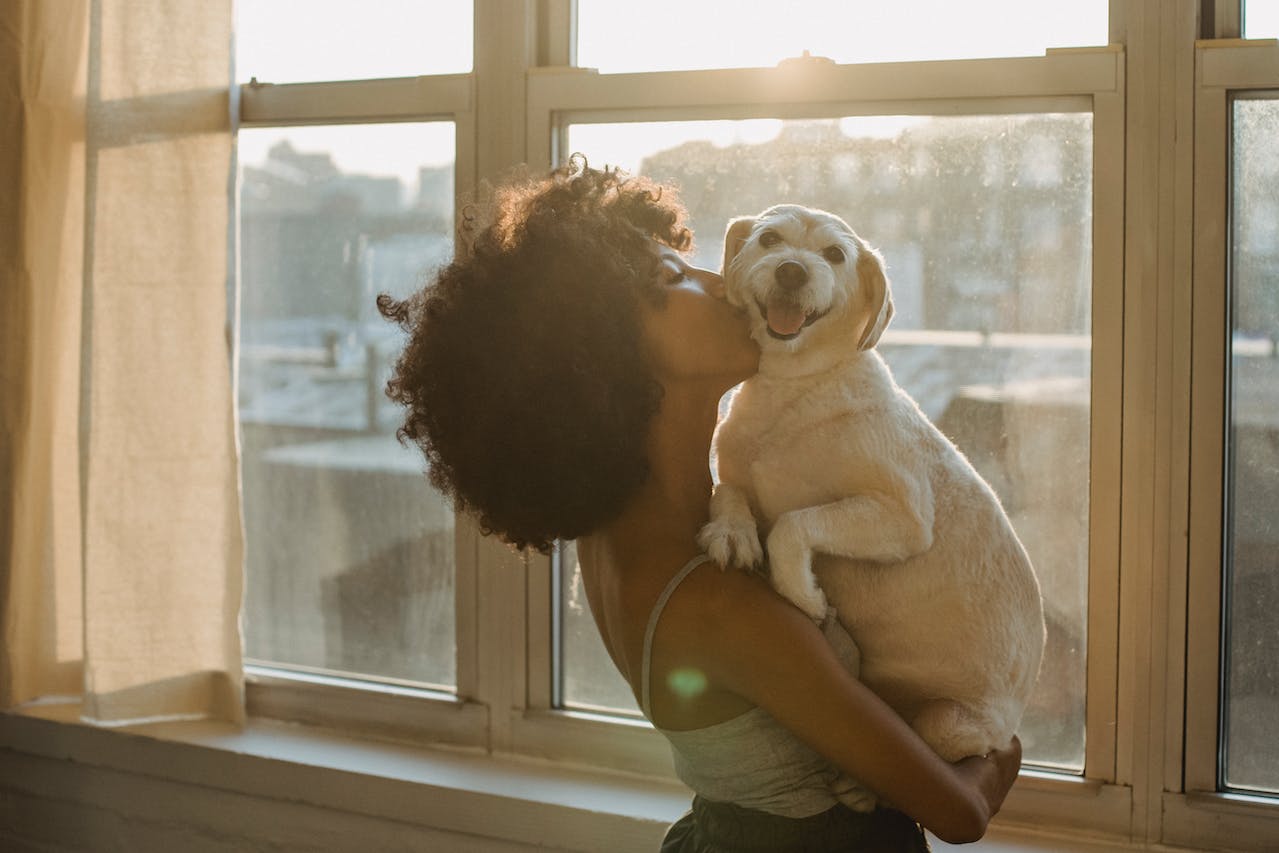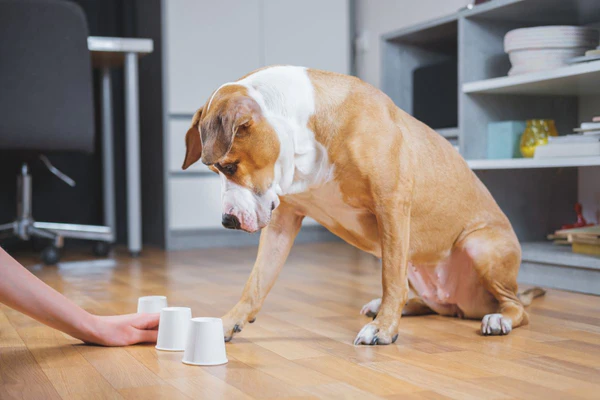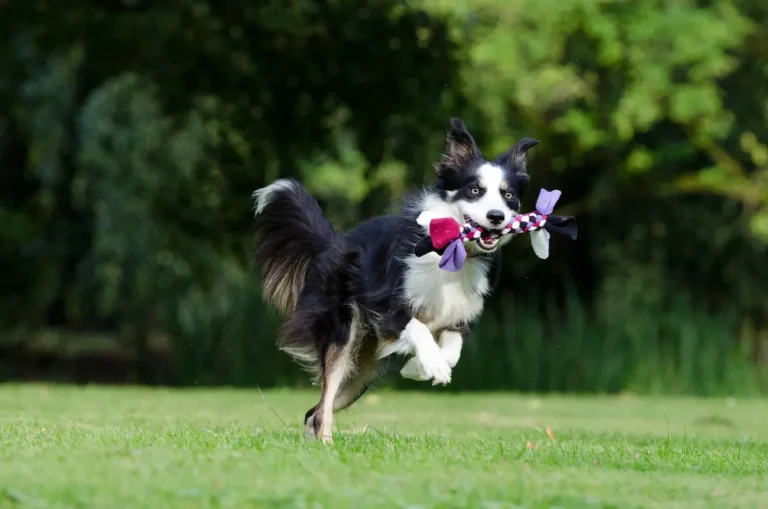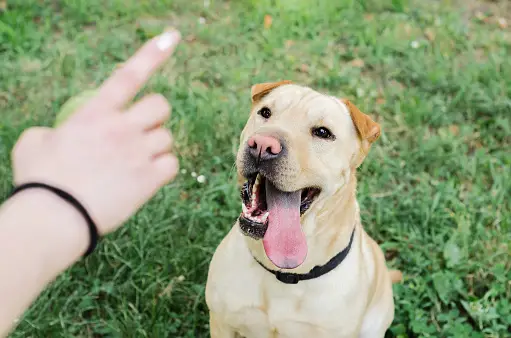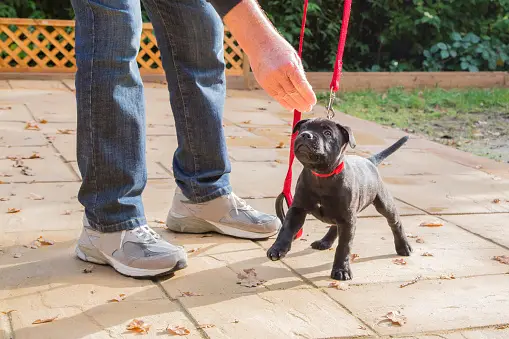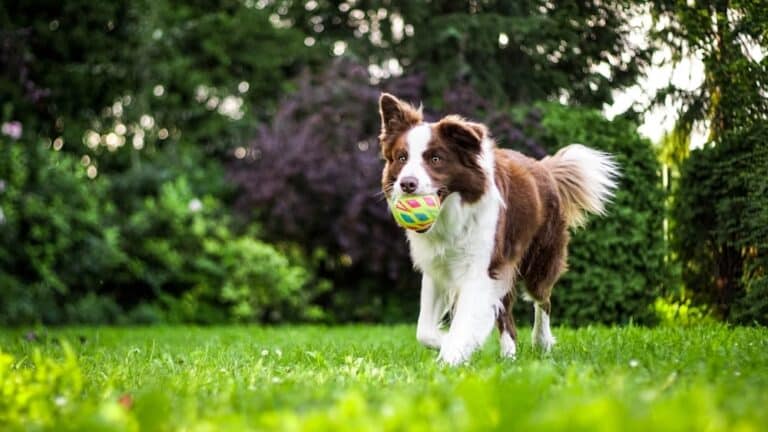Want to establish a strong and lasting bond with your furry friend? Building a solid trainer-dog relationship is not only essential for effective training but also for creating a harmonious and enjoyable companionship. In this article, we will explore proven strategies and techniques to strengthen the bond between you and your canine companion. Whether you are a seasoned dog trainer or a new pet owner, these tips will help you foster trust, understanding, and mutual respect, leading to a stronger and more fulfilling relationship with your dog.
Understanding the Importance of a Strong Trainer-Dog Bond
A strong trainer-dog bond is vital for effective training and the overall well-being of both the trainer and the dog. When the bond between a trainer and their dog is strong, it establishes a solid foundation for successful training sessions and strengthens their relationship. This article will delve into the importance of a strong trainer-dog bond and explore the various benefits it brings.
Benefits of a Strong Trainer-Dog Bond
- Enhanced Communication: A strong bond allows trainers to communicate more effectively with their dogs. Dogs, being highly perceptive creatures, can sense their trainer’s emotions and intentions. When the bond is strong, trainers and dogs develop a mutual understanding, making it easier for them to interpret each other’s cues and commands.
- Increased Trust and Cooperation: Dogs are more likely to trust and cooperate with a trainer they have a strong bond with. This trust enables trainers to guide dogs through various training exercises and helps dogs feel secure in their trainer’s presence. A strong bond fosters a sense of teamwork, leading to better training outcomes.
- Improved Training Results: A strong trainer-dog bond positively impacts training results. Dogs who feel connected to their trainers are motivated to work harder, making training sessions more productive. The bond encourages dogs to engage with their trainers, leading to faster progress and the development of new skills.
- Better Problem Solving: Dogs faced with challenging situations often turn to their trainers for guidance. A strong bond allows trainers to effectively support and reassure their dogs when they encounter obstacles during training. Dogs feel more comfortable seeking assistance from their trainers, leading to improved problem-solving abilities.
Factors that Affect the Trainer-Dog Bond
Several factors can influence the strength of the trainer-dog bond. These include:
- Consistency: Consistency in training methods, routines, and expectations is crucial for building a strong bond. Dogs thrive on predictability, and when trainers consistently provide clear guidance, dogs learn to trust and rely on their trainers.
- Positive Reinforcement: The use of positive reinforcement techniques, such as treats, praise, and rewards, fosters a positive association between trainers and dogs. This encourages dogs to view their trainers as a source of positivity and reinforces the bond between them.
- Quality Time: Spending quality time together strengthens the bond between trainers and dogs. Engaging in activities such as playtime, going for walks, and participating in training sessions strengthens the emotional connection and builds trust.
- Patience and Understanding: Patience and understanding are vital when establishing a strong bond. Dogs may require time to learn and adapt to new commands or behaviors. By being patient and understanding, trainers can create a supportive environment that promotes the bond between them and their dogs.
In conclusion, a strong trainer-dog bond is crucial for effective training and a harmonious relationship. The benefits of a strong bond include enhanced communication, increased trust and cooperation, improved training results, and better problem-solving abilities. Consistency, positive reinforcement, spending quality time together, patience, and understanding all contribute to building a strong trainer-dog bond. By nurturing this bond, trainers can achieve greater success in training their canine companions.
Building Trust and Communication
Establishing Trust with Your Dog
In order to build a strong trainer-dog bond, it is essential to establish trust with your furry companion. Trust forms the foundation of any relationship, and the same applies to the bond between a trainer and a dog. Here are some tips to help you establish trust with your dog:
- Be Patient: Building trust takes time, so be patient with your dog. Understand that every dog is unique and may require different amounts of time to feel comfortable and safe around you.
- Positive Reinforcement: Use positive reinforcement techniques to reward your dog for good behavior. This can include treats, praise, or playtime. By associating good behavior with positive outcomes, your dog will learn to trust and respect you as their trainer.
- Consistency: Dogs thrive on routine and consistency. Be consistent in your training methods, commands, and expectations. This will help your dog feel secure and understand what is expected of them.
- Avoid Punishment: Punishment can damage trust and hinder the bond between you and your dog. Instead of using punishment, focus on rewarding desired behaviors and redirecting unwanted behaviors towards more appropriate alternatives.
Developing Effective Communication
Effective communication is crucial for a strong trainer-dog bond. Dogs rely on verbal and non-verbal cues to understand and respond to their trainers. Here are some tips to develop effective communication with your dog:
- Use Clear and Simple Commands: Dogs respond best to clear and concise commands. Use simple words or phrases that are easy for your dog to understand. Consistency in your commands will help your dog associate specific actions with the corresponding command.
- Body Language: Dogs are highly observant of body language. Use calm and confident body language to convey your instructions and expectations. Avoid tense or aggressive body language, as this can confuse or intimidate your dog.
- Timing and Tone: Timing is crucial when communicating with your dog. Deliver commands at the right moment, immediately after the desired behavior or action. Additionally, use a firm and confident tone of voice to convey authority without being harsh or intimidating.
- Positive Reinforcement: Positive reinforcement is not only useful for building trust but also for effective communication. Reward your dog with treats, praise, or affection when they respond correctly to your commands. This positive feedback will reinforce the desired behavior and motivate your dog to continue learning and obeying.
By establishing trust and developing effective communication with your dog, you can strengthen your relationship and build a strong trainer-dog bond. Remember to be patient, consistent, and use positive reinforcement to create a positive and rewarding training experience for both you and your furry friend.
Positive Reinforcement Training Techniques
Positive reinforcement training techniques are a highly effective way to strengthen the bond between a trainer and their dog. This type of training focuses on rewarding desired behaviors rather than punishing unwanted behaviors. By using positive reinforcement, trainers can create a positive and enjoyable training experience for both themselves and their furry companions.
Using Rewards and Treats to Strengthen the Bond
One of the key elements of positive reinforcement training is the use of rewards and treats. Dogs are highly motivated by food, making treats an excellent tool for reinforcing good behavior. When a dog performs a desired behavior, such as sitting on command or walking politely on a leash, they should be immediately rewarded with a treat. This positive association helps to reinforce the behavior and strengthen the bond between trainer and dog.
It’s important to choose treats that are highly enticing to your dog. This could be small, soft treats that are easy to chew and digest, or even small pieces of cooked chicken or cheese. The key is to use treats that your dog finds irresistible, as this will make the training experience more enjoyable and rewarding for them.
Clicker Training and its Impact on the Relationship
Clicker training is another positive reinforcement technique that can greatly enhance the bond between a trainer and their dog. This method involves using a small handheld device called a clicker to mark desired behaviors. The sound of the clicker serves as a signal to the dog that they have performed a behavior correctly and will be rewarded.
Clicker training can have a significant impact on the trainer-dog relationship because it allows for clear communication and instant feedback. The clicker provides precise timing, making it easier for the dog to understand which behaviors are being reinforced. This level of clarity helps to build trust and understanding between the trainer and their dog, strengthening their bond.
Building Confidence through Positive Reinforcement
Positive reinforcement training techniques not only strengthen the bond between a trainer and their dog but also help to build confidence in the dog. When a dog is consistently rewarded for performing behaviors correctly, they gain confidence in their abilities and are more likely to continue exhibiting those behaviors.
By using positive reinforcement training, trainers can create a supportive and encouraging environment for their dogs. This helps to boost their self-esteem and allows them to thrive in their training sessions. As the dog’s confidence grows, so does their trust and reliance on their trainer, further enhancing their bond.
In conclusion, positive reinforcement training techniques are a powerful tool for building a strong trainer-dog bond. By using rewards and treats, implementing clicker training, and building confidence through positive reinforcement, trainers can create a positive and enjoyable training experience that strengthens their relationship with their furry companions.
Engaging in Bonding Activities
Engaging in Playtime and Interactive Games
One of the best ways to build a strong trainer-dog bond is by engaging in regular playtime and interactive games. These activities not only provide mental and physical stimulation for your dog but also create opportunities for you to interact and bond with them.
During playtime, you can incorporate games such as fetch, tug-of-war, and hide-and-seek. These games not only keep your dog active but also allow you to actively participate and bond with them. You can use toys, treats, or even your own energy and enthusiasm to make playtime exciting and enjoyable for both you and your dog.
Participating in Training Classes or Workshops
Another effective way to strengthen the trainer-dog bond is by participating in training classes or workshops together. These classes not only provide structured learning for your dog but also allow you to actively engage and communicate with them.
By attending training classes, you can learn new techniques and commands to teach your dog. This shared learning experience helps create a bond as you work together to achieve common goals. Moreover, the presence of other dogs and trainers in the class provides an opportunity for socialization, which further strengthens the bond between you and your dog.
Exploring New Environments Together
Exploring new environments together is an excellent way to deepen the bond between you and your dog. Taking your dog on walks, hikes, or even to new places like parks or beaches can provide them with new sights, smells, and experiences.
When exploring new environments, remember to allow your dog to lead the way and follow their curiosity. This not only builds trust but also encourages them to rely on you for guidance and support. Exploring together also strengthens your communication skills, as you learn to understand their body language and respond accordingly.
Engaging in bonding activities such as playtime and interactive games, participating in training classes or workshops, and exploring new environments together can greatly strengthen the trainer-dog bond. These activities not only provide opportunities for interaction and communication but also create shared experiences that deepen the connection between you and your dog.
Building a strong trainer-dog bond is not only essential for effective training but also for fostering a loving and long-lasting relationship with your furry companion. By following the tips and techniques discussed in this article, such as setting clear boundaries, establishing trust, and providing consistent positive reinforcement, you can strengthen your bond with your dog and create a harmonious partnership built on love, respect, and mutual understanding. Remember, patience, consistency, and dedication are key in this journey, and the rewards of a strong trainer-dog bond are immeasurable. Happy training!

